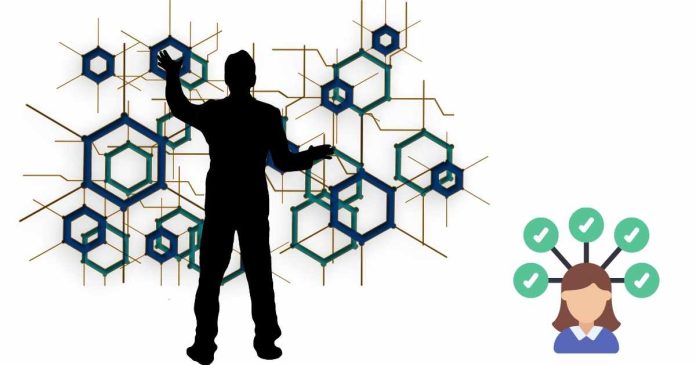A multitasking operating system is an operating system that can manage and execute multiple tasks or processes simultaneously. Multitasking allows users and programs to perform multiple operations without having to wait for one to complete before starting another. There are two main types of multitasking: preemptive multitasking and cooperative multitasking.
Types of Multitasking
- Preemptive Multitasking:
- In preemptive multitasking, the operating system allocates time slices or CPU time to each running process. The OS can interrupt a running task to switch to another task, even if the running task has not finished. This allows better control of system resources and prevents any single process from monopolizing the CPU.
- Common examples of preemptive multitasking systems are modern operating systems like Linux, Windows, and macOS.
- Cooperative Multitasking:
- In cooperative multitasking, the currently running task has control over when it yields the CPU. This means that a process has to voluntarily give up control, allowing other processes to run. If a task doesn’t release control properly, it can cause the system to become unresponsive.
- Older operating systems like Windows 3.x and Mac OS 9 used cooperative multitasking.
Key Features of Multitasking Operating Systems
- Process Management:
- The OS manages the execution of processes, ensuring that each one gets a fair share of CPU time. It keeps track of all active processes and switches between them when necessary.
- Memory Management:
- It ensures that each process has its own memory space, preventing one process from interfering with the memory of another. Techniques like virtual memory are used to give the illusion of having more memory than is physically available.
- CPU Scheduling:
- The OS decides which process gets to use the CPU at any given time. It uses algorithms like Round Robin, Priority Scheduling, or Shortest Job Next to optimize task execution.
- Context Switching:
- Context switching is the process of saving the state of the currently running process and loading the state of the next process to be executed. It’s a critical component in multitasking operating systems.
- I/O Management:
- Multitasking OS also manages multiple input/output operations simultaneously. For example, a user might be printing a document while running a web browser and playing music at the same time.
Advantages of Multitasking
- Improved Efficiency:
- By making better use of CPU time, multitasking increases the overall efficiency of the system.
- Better User Experience:
- Users can run multiple applications simultaneously, enhancing productivity and improving user satisfaction.
- Resource Utilization:
- Multitasking ensures that idle resources (e.g., CPU, memory) are used effectively, minimizing wasted processing power.
- Simultaneous Execution:
- Although a single-core processor might not truly execute multiple tasks at the same time, it can give the illusion of simultaneous execution by rapidly switching between tasks.
Disadvantages of Multitasking
- Context Switching Overhead:
- Frequent switching between processes introduces overhead. The system must save and load process states, which can reduce overall performance if not managed properly.
- Complexity:
- Designing and managing a multitasking system can be complex, especially when it comes to handling synchronization between processes to avoid issues like deadlocks and race conditions.
- Resource Contention:
- Multiple processes may compete for limited resources such as CPU, memory, or I/O devices, leading to performance degradation or system crashes if not handled properly.
- Security and Stability Issues:
- Since multiple tasks share the same system resources, a malfunctioning or malicious process could potentially affect others or even destabilize the whole system.
Multitasking in Different Environments
- Desktop Operating Systems:
- Modern operating systems like Windows, macOS, and Linux support multitasking to allow users to run multiple applications at once, like browsing the web while listening to music or working in a word processor.
- Mobile Operating Systems:
- Smartphones and tablets, like those running Android or iOS, also support multitasking. While these devices might not have the same level of multitasking as desktops, they still allow background apps, like music players, messaging apps, or email clients, to run while the user interacts with other apps.
- Real-Time Operating Systems (RTOS):
- In real-time operating systems, multitasking is typically more rigid, with processes having defined priorities and deadlines. These systems are used in critical applications like automotive systems, medical devices, and industrial control systems.
- Mainframes and Servers:
- On large-scale servers or mainframe computers, multitasking is essential for handling thousands of processes simultaneously, ensuring optimal performance and resource management in data centers or cloud computing environments.
Conclusion
Multitasking is a core feature of modern operating systems, enabling users and programs to work more efficiently by performing multiple tasks at once. Whether through preemptive or cooperative multitasking, the OS orchestrates resources to ensure smooth operation, though challenges like context switching overhead and resource contention can complicate system design.


